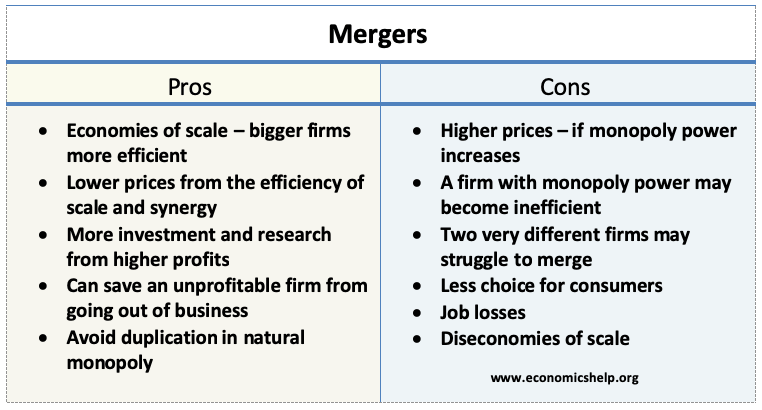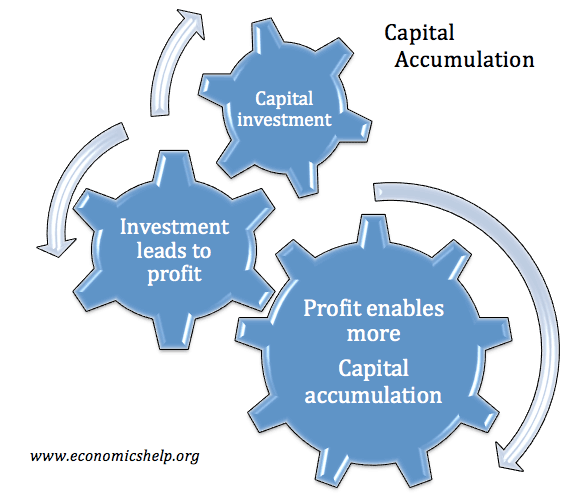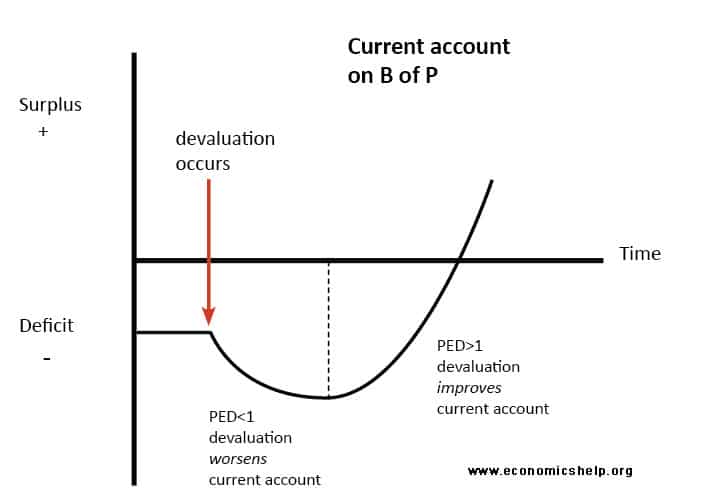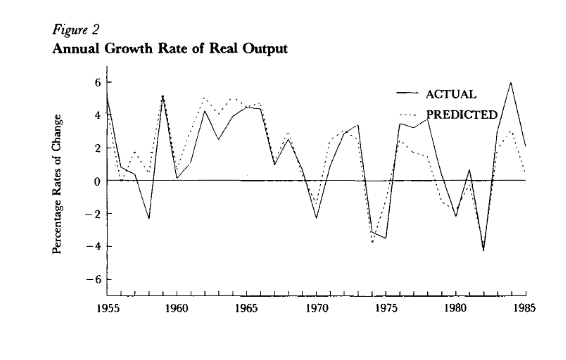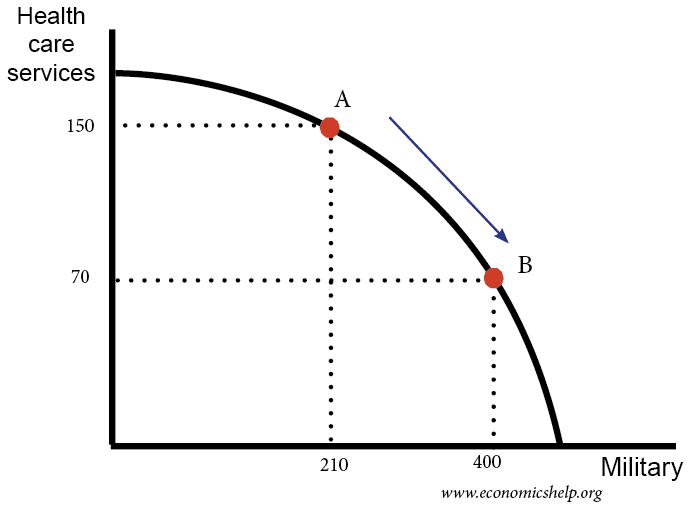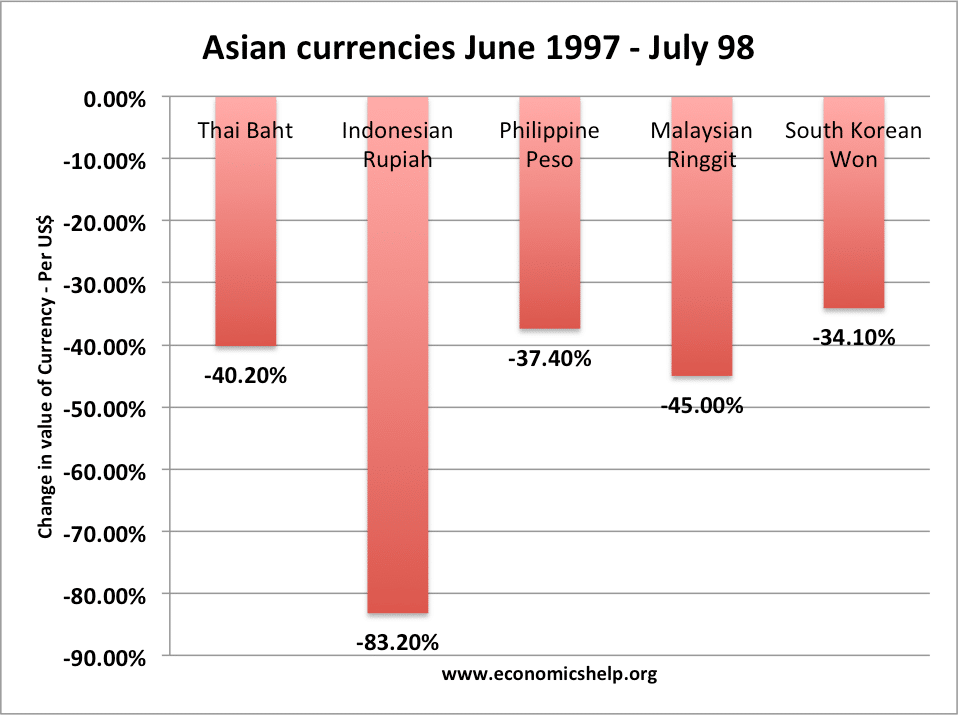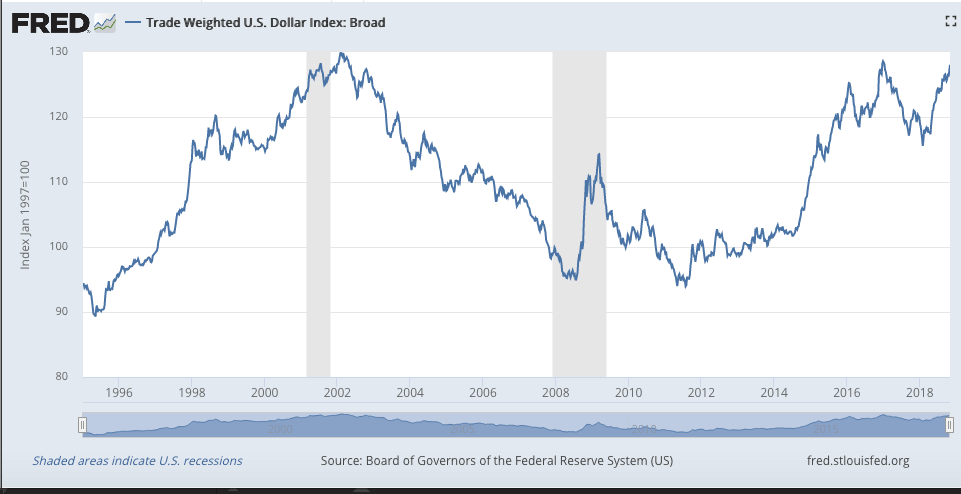Benefits of Mergers
A merger occurs when two firms join together to form one. The new firm will have an increased market share, which helps the firm gain economies of scale and become more profitable. The merger will also reduce competition and could lead to higher prices for consumers. The main benefit of mergers to the public are: …

